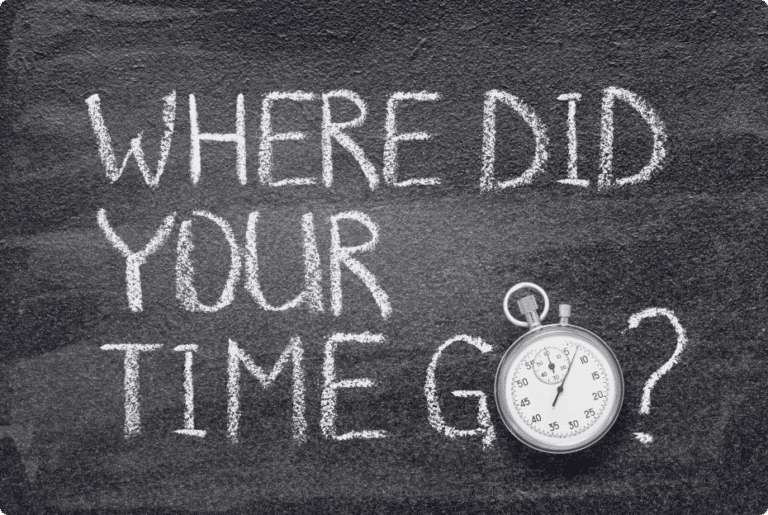

By Maria Romaszkan
Moving to another home, city or country can be exciting. The more practical side of it — planning, packing and organizing — much less so. And when you have ADHD, it can be downright overwhelming. We’ve gathered some expert tips on how to move when you have ADHD.
Why Moving Can Make You Pause When You Have ADHD
To people with ADHD, moving can be particularly difficult because it can strain their executive functioning — mental skills that help with planning, problem-solving, starting tasks, staying focused or regulating emotions — like nothing else.
“Practically speaking, this entails identifying and tracking what to pack, when to pack it, and how it will be unpacked, then executing this plan, all of which can strain working memory, increasing the risk of overwhelm and emotional dysregulation,” says Eliza Barach, a cognitive psychologist, ADHD coach and owner of Neural Revolution.
Barach also points out that how people with ADHD perceive time can add stress to this situation.
“Managing time is tough, stemming from issues with gauging it accurately — both in estimating packing duration and perceiving time’s passage,” she says. “This means the urgency often isn’t felt until a looming deadline, further amplifying stress.”
Moreover, moving entails many tedious tasks, which can challenge the interest-driven brains of people with ADHD.
“Moving is a long process with many twists, turns and boring details. This can make it hard to organize, prioritize, be flexible, get started on a task and sustain our attention on the project,” says Hilary Andreini, adult ADHD coach and owner of Hilary Life Coaching.
Tips on How to Move When You Have ADHD
From planning the move to unpacking the boxes at your new home — the list of steps may be daunting. But with the right preparation, it will go much smoother.
Here are some expert tips:
• Be kind to yourself, but stay accountable
Moving, as exciting as it can be, is also often taxing and overwhelming. It’s crucial you take care of yourself and don’t overdo it.
However, stay accountable as well. Aim to do at least one thing on your list each day, except for designated rest days.
“Decompose larger packing tasks into smaller chunks,” says Barach. “This minimizes strain on your working memory, preventing feelings of overwhelm and task avoidance.”
Andreini suggests that you also add an element of fun to otherwise dull chores.
“Pair your tasks with something that works for you, whether it’s listening to music or a podcast or putting on your favorite work clothes and grabbing your favorite snack or beverage,” she says.
• Consider getting help
Remember that you don’t have to do it alone. Ask family members or friends to assist with the move. There’s also the option of professional help.
“Consider hiring a professional organizer specializing in ADHD to strategize the move,” says Barach. “I had a client do this, and the organizer helped her consider what things she would need immediately and which ones, in the future.”
• Plan the move
Planning the whole move may seem intimidating, but it will set the foundation for the entire process, making it more manageable. Start with a list of tasks and keep the list somewhere visible.
“Write out all the steps to reduce the overwhelm and to plan ahead,” says Stephanie Hwang, an ADHD coach based in Los Angeles. “You can write down everything that needs to be done. If you’re unsure, search the internet for what to do when moving.”
Try to set time limits or deadlines, giving yourself a few extra days of wriggle room.
As soon as you know the date of the move, schedule the movers. The quicker you do it, the more options for transport and time slots you’ll have.
Consider planning the moving day as well, so you have ample time to eat breakfast, finish packing and do a final check of your belongings.
“Instead of trusting memory, adopt a tracking system that’s always accessible and be creative in what you use,” says Barach. “Options include a traditional to-do list, a Kanban post-it wall or Trello boards.” Kanban is a project management system that uses a visual board and other elements to show progress in a project. A Trello board is very similar.
• Declutter the house
Before you start packing, clean out your house or apartment by removing things you don’t plan to take with you. You can throw them out, give them to your friends, donate or sell them.
There are several ways to do that, but the principle is the same. The sooner you start, the better. You’ll have enough time to make a decision, find buyers or arrange transport.
For bigger items like furniture, you can use sticky notes in different colors to organize them. Smaller objects can go into boxes or trash bags. Try to clear out one room before moving to the next. It will help you keep track and stay organized.
You can also create a spreadsheet to sort your things. This way, you can access the list anywhere and anytime and edit it as many times as you need.
• Gather the supplies
Once you have a list of items, estimating how many boxes you need should be easier.
Some other supplies you may use for the move are:
- Tape
- Markers
- Garbage bags
- Bubble wrap or newspapers to wrap fragile items.
Consider vacuum storage bags that are great for saving space when packing clothes or textiles.
A wardrobe box with a rack may be a good idea if you have suits or other clothing you don’t want to wrinkle. A wardrobe box can be costly but is often sturdy enough to reuse or resell. Smaller containers, on the other hand, will work for documents or trinkets.
• Start packing
Start with rooms you can pack up entirely or almost entirely. Go from room to room, boxing up as much as you can. For rooms that have items you need every day — like the kitchen or bathroom — you’ll need to leave out some things until the day of the move.
Be sure to label every box clearly and avoid writing “stuff” or “miscellaneous.” It will make finding what you’re looking for easier during unpacking.
When loading the car, try to pack the boxes with the most essential items last, so they’re the first to be taken out and can be easily reached.
• Unpack when you arrive
When you arrive at your new home, it may be tempting to leave the boxes to deal with later. But it’s best to tackle the unpacking as soon as you arrive to ensure a smoother transition.
“For a seamless start, have ‘immediately unpack’ boxes at hand with the essentials,” Baruch says. “Consider your baseline requirements to achieve a functional living space. From this foundation, pinpoint high-priority rooms and address them one at a time. Ask yourself: What rooms will I frequent the most, and which are immediately crucial for my well-being?”
Creating Your New Home
The move doesn’t end with unpacking the boxes. It’s an adjustment that takes some time — getting to know your new environment, establishing new structures and routines and making your place in the community.
“Make it fun and facilitate connection. Reach out to your loved ones for support during this transition, whether it’s having painting room parties or even just a house-warming party,” says Barach. “Building a home is not just about the four walls that surround you; it’s also about cultivating meaningful experiences and memories in those walls that surround you.”





